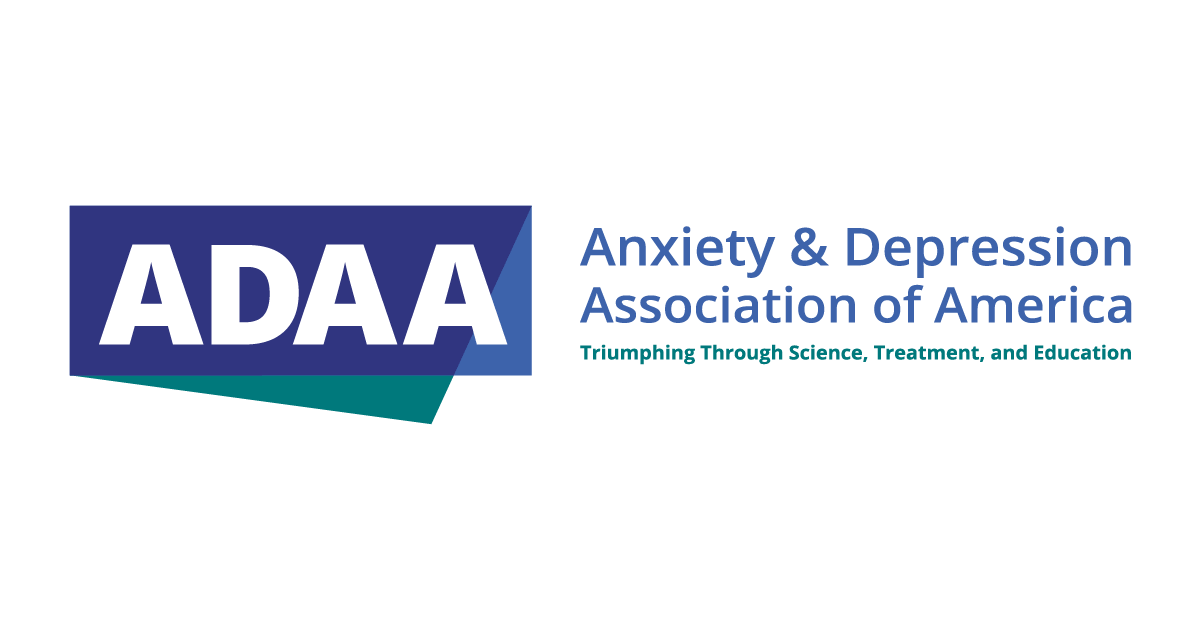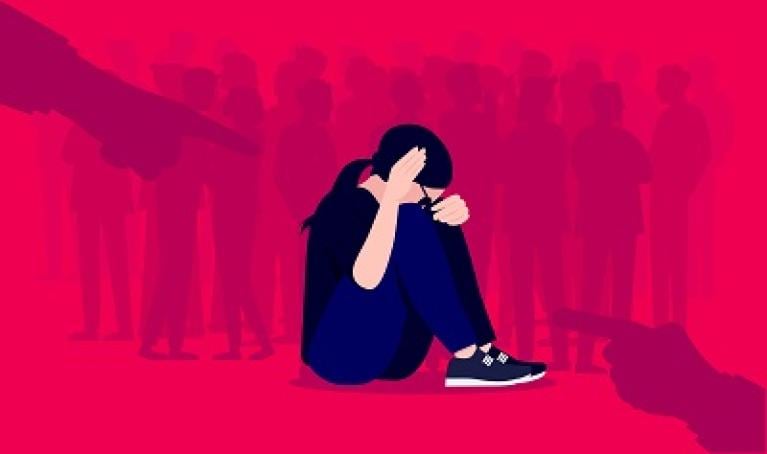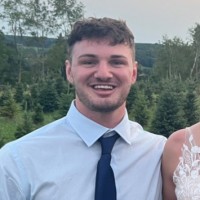
June 11, 2024
Melanie VanDyke, PhD
and
C. Alec Pollard, PhD
and
Free - now available on-demand. Drs. Alec Pollard and Melanie VanDyke explain why some people behave in ways that are incompatible with recovery and offer suggestions for how to deal effectively with a psychiatrically impaired loved one who won’t seek help.

February 14, 2024
Mitchell Greene, PhD
and

March 6, 2024
Sarah Olivo, PhD
and
Michael Detweiler, PhD
and
Join ADAA and Lumate Health March 6 for an insightful free, live Q&A public webinar for students and parents. It can be exciting to get a college packing list. And yes, picking out dorm decorations is fun, but those new Twin XL sheets aren't going to help manage the highs and lows that come with the transition to college.









